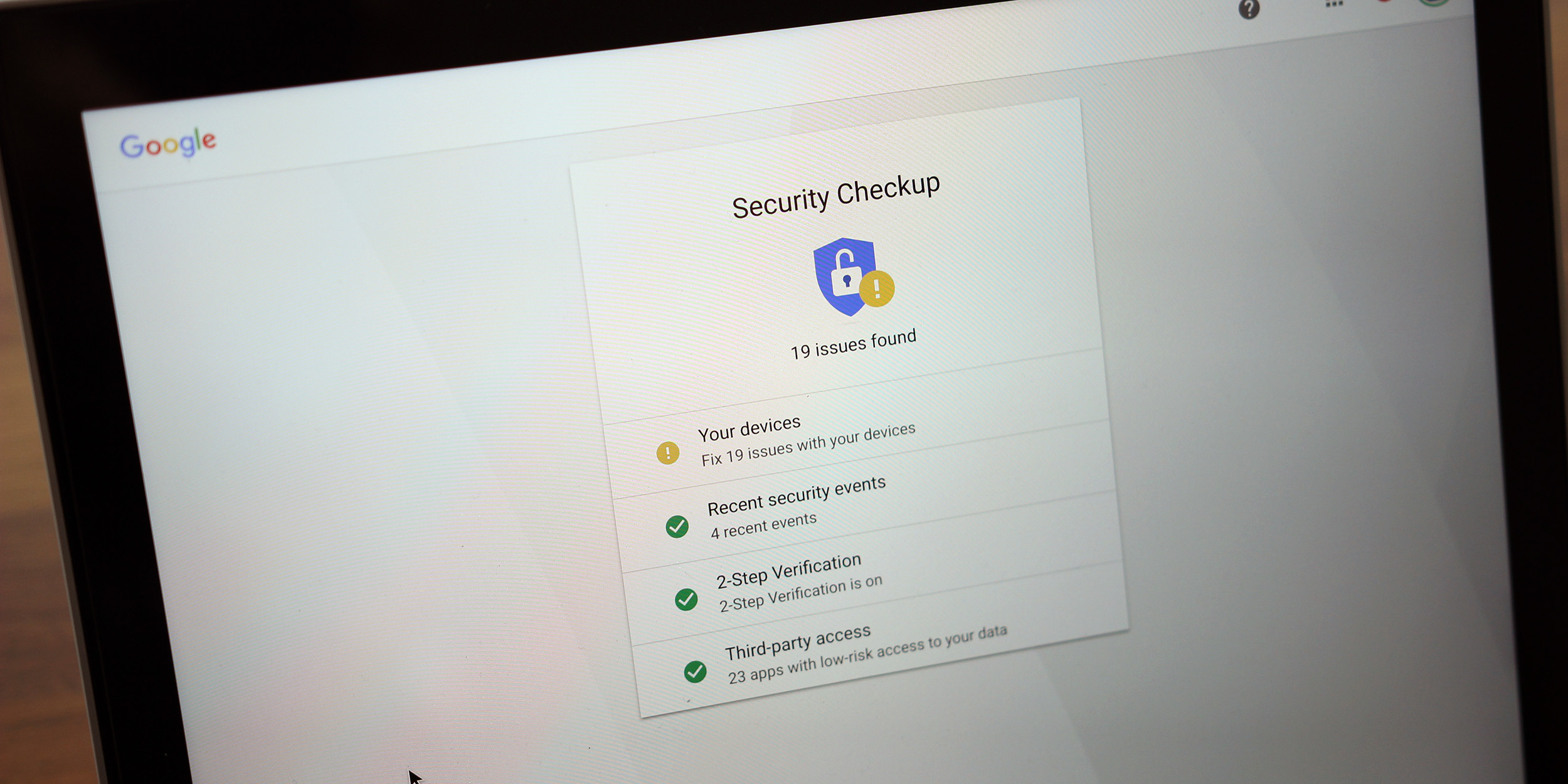

This process didn’t take me long, roughly 10 minutes. I skipped that step because I only use Echo devices for testing purposes. Since the new Google Nest Home account breaks any Works with Nest integrations, you’ll need to add a new skill to bring Alexa voice control back to your Nest products. If you previously used any Amazon Echo devices with Alexa to voice control a Nest Thermostat or Nest Cam, there’s one more step. Review the updated privacy policies, which is always a good idea.Send invites for the new Google Nest Home to your family members.Essentially, all Google Nest Home members have “the same level of access and control as you.” I guess my family can digitally evict me from the smart home now if they so choose, which is concerning, particularly if kids in the home can administer the smart home. Read the scary-sounding message about “how access to your home is changing”.If they accept the invite and migrate their account, they’ll be fine but until then? Guess they’re ringing the doorbell! The migration app recommends creating a Home Entry Only passcode so they don’t get locked out prior to account migration. And they won’t be able to unlock the door until they migrate their accounts. Create a “new unified Google Nest home, then invite members to join.” Note that this step mentions that members using Nest x Yale locks (like me) will get a new entry passcode but they can change that to their previous passcode after account migration.I took a screenshot of this step so I know what integrations I may have to replace in the future. This step will show you what current Works with Nest integrations you have. Disconnect Works with Nest from the old account.Choose the Google account to use and select the “Allow” button so that Nest can access your Google account.Click the “Continue with Google” button.Open your Nest app, click the Settings icon, tap Account and select the “Migrate to a Google account” option.Here’s a rundown of the steps, which Google outlined in a video it provided with the account migration announcement: I also figured that Google and Nest already have gobs of my information so the two entities would do most of the heavy lifting.īoy was I wrong, which is truly a disappointment considering the big theme at this year’s Google I/O event and at CES was that the company’s Assistant and Home products wanted to be “helpful’. So I figured I might as well run through the Nest account migration process. I have multiple Google and Nest products in my home: three smart displays, a Nest Hello doorbell, the Nest x Yale front door lock, and four Google Home speakers. If you want to wait for an invitation to migrate your Nest account, you can. Fast forward to present day and “eventually” is now here: This week Google made the account migration path available, although it’s not yet a requirement. Hold the "Sleep/Wake" button again to turn on the iPad.Back in May, Google announced that all Nest accounts will eventually be migrated to Google accounts. When the red slider appears, slide it to turn off the device. To restart the iPad, hold down the "Sleep/Wake" button. Restart the iPad after renewing your IP address or resetting the Wi-Fi network settings. Tap "Settings," "General" and "Reset." Tap "Reset Network Settings." Re-enter the configuration information for each network. Reset the settings for all the networks on the iPad if the problem persists. Tap "Settings" and "Wi-Fi." Select the desired network and then tap "Forget this Network." This option erases the settings for this network, so you need to re-enter them.

Tap "Settings" and "Wi-Fi." Tap the arrow to the right of your preferred wireless network and select "Renew Lease."Įrase the network that gives you problems with connectivity. According to Apple, WEP security may cause regular disconnects. If the router uses WEP security, switch to WPA or WPA2. To do this, open your Internet browser on a computer and visit the router's configuration page. Determine whether your router uses WEP, WPA or WPA2 security.


 0 kommentar(er)
0 kommentar(er)
